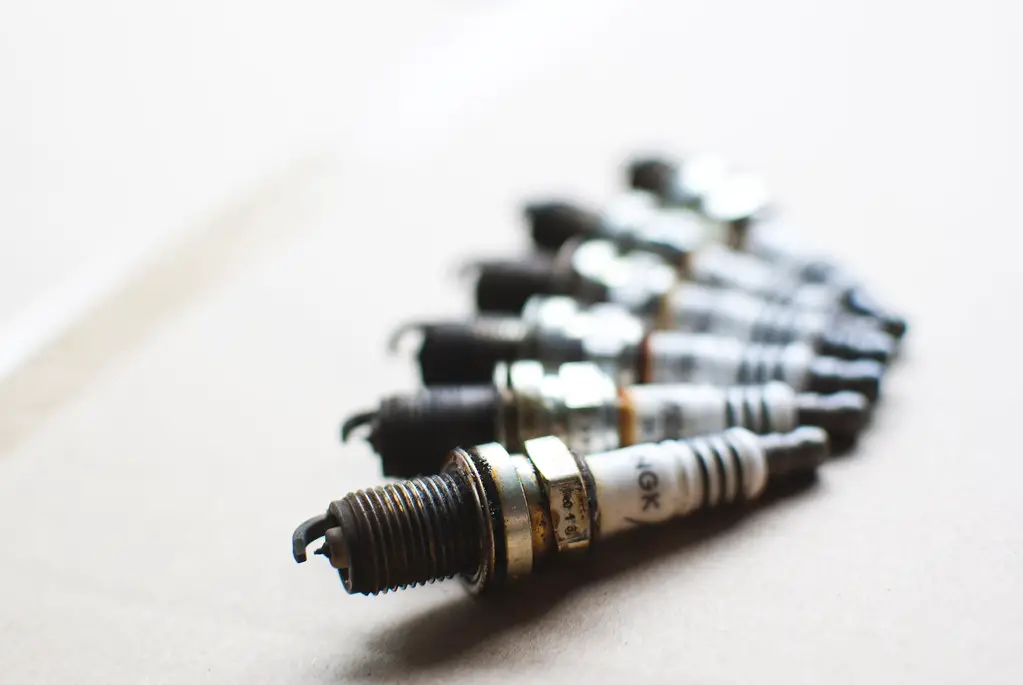
If you own an all-terrain vehicle (ATV) and are experiencing issues such as misfiring or difficulty starting, the problem may be related to your spark plugs. Spark plugs are a crucial component of your ATV’s engine, responsible for igniting the fuel mixture that powers your vehicle. Over time, spark plugs can wear out, causing issues with engine performance. In this blog post, we’ll discuss how to replace an old spark plug on an ATV with a new one, step-by-step.
If you feel you need some more background information on spark plugs check out this other article we wrote:
Everything You Need to Know About ATV Spark Plugs
Step 1: Determine the type of spark plug needed
Before beginning the replacement process, it’s essential to determine the correct spark plug for your ATV. Refer to your owner’s manual or consult with a mechanic or parts store employee to ensure you have the correct size and type of spark plug for your ATV’s make and model.
Step 2: Prepare the ATV for spark plug replacement
Ensure the engine is cool before attempting to replace the spark plugs. A hot engine can cause burns or other injuries. You should also disconnect the battery to avoid any accidental electrical shocks.
Step 3: Remove the old spark plug
To remove the old spark plug, you will need a spark plug socket wrench. Locate the spark plug wire, which is usually a rubber-coated wire that connects to the spark plug. Grasp the wire and gently twist while pulling it away from the spark plug. Be careful not to pull on the wire itself, as this can cause damage.
Next, insert the spark plug socket wrench over the spark plug and turn it counterclockwise. The spark plug should loosen and come out easily. If it’s difficult to remove, avoid applying too much force, as this can cause the spark plug to break off inside the engine.
Step 4: Inspect the old spark plug
Once you’ve removed the old spark plug, inspect it for any signs of damage or wear. A worn or damaged spark plug can cause a range of issues, including reduced gas mileage, misfires, and difficulty starting the engine. Look for signs of cracks or chips in the ceramic insulator or deposits of carbon or other debris on the electrodes.
Step 5: Install the new spark plug
Before installing the new spark plug, ensure it’s the correct size and type for your ATV. Apply a small amount of anti-seize lubricant to the threads of the new spark plug to make it easier to install and remove in the future.
Next, insert the new spark plug into the socket wrench and carefully thread it into the spark plug hole. Be careful not to cross-thread the spark plug, as this can cause damage to the engine. Tighten the spark plug by turning it clockwise, but avoid over-tightening, as this can cause damage.
Step 6: Reattach the spark plug wire
Once the new spark plug is installed, carefully reattach the spark plug wire. Make sure it’s securely attached and that there’s no damage to the wire itself.
Step 7: Test the engine
After the new spark plug is installed, reconnect the battery and start the engine. Allow the engine to run for a few minutes to ensure everything is working correctly. If you notice any issues such as misfires or reduced performance, double-check that the spark plug is securely installed, and the correct type and size were used.
In conclusion, replacing old spark plugs with new ones is a crucial aspect of maintaining your ATV’s engine and ensuring optimal performance. By following the steps outlined in this post, you can confidently replace old spark plugs with new ones and prevent issues such as misfires and reduced fuel efficiency. Remember to consult your owner’s manual or a mechanic if you’re unsure about any aspect of the process, and always take the necessary precautions to stay safe. Regularly replacing your spark plugs can help prevent more costly repairs down the line, and ensure your ATV runs smoothly for years to come.

